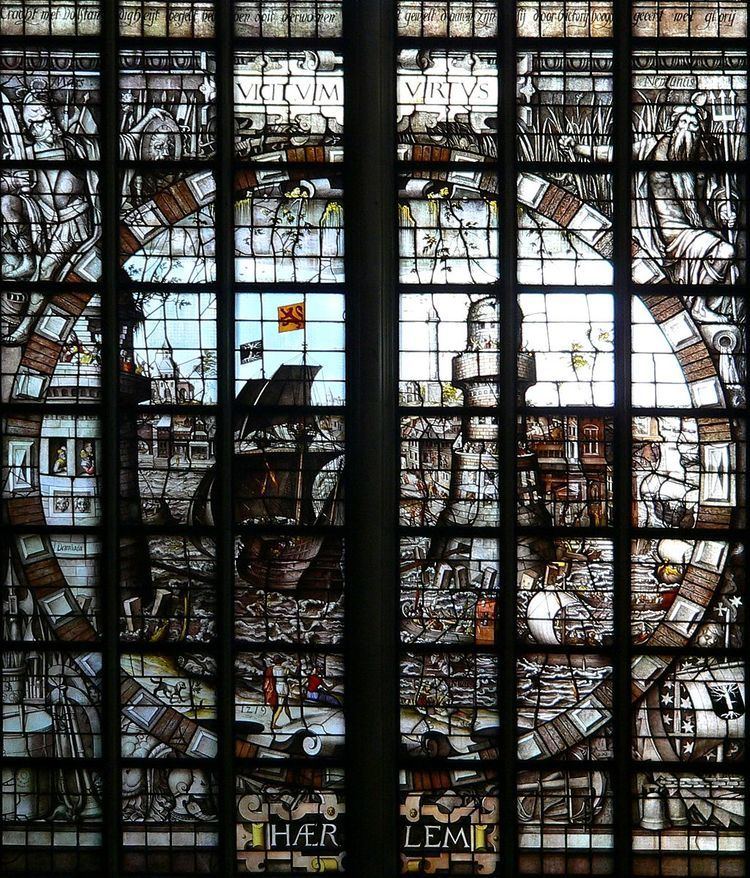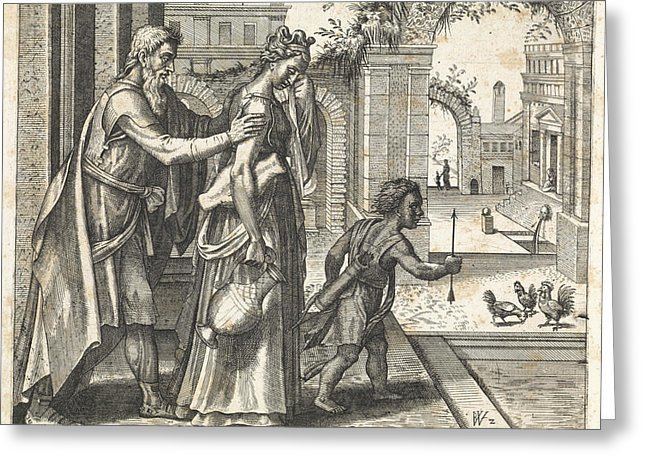Full Name Willem Thibaut Period Mannerism Name Willem Thibaut | Movement Mannerist Nationality Netherlands | |
 | ||
Died 1597, Haarlem, Netherlands | ||
Willem Thibaut, Tybaut, or Tibout (1524–1597), was a Dutch Golden Age painter.

Biography
According to the RKD, Thibaut lived and worked in Haarlem, but made the cartoons for the two stained-glass windows in Sint Janskerk in 1570.
According to Arnold Houbraken, who never understood why Karel van Mander never included glass painters in his Schilderboeck, Thibaut was famous enough to be mentioned in Samuel Ampzing's praise of Haarlem with the words How masterly he could write on glass!.
Thibaut was also the inventor of the Counts of Holland print series that was later reprinted by Philip Galle and Michiel Vosmeer (1578–1616) in 1578 in Antwerp. This series of prints was published to accompany a reprint of Melis Stoke's Hollandse Jaar-Boeken of Rijm-Kronijk in 1699 by Cornelis van Alkemade. The addendum to the title; Met de Afbeeldingen van alle de HOLLANDSE GRAVEN, Geschetst naar de aaloude schilderijen der Karmeliten te Haarlem meant that the prints were used based on the frescoes found after the Siege of Haarlem in the Carmelite monastery in Haarlem. These frescoes were copied by Thibaut and used to make a stained glass series in Leiden that are now in the possession of the Stedelijk Museum De Lakenhal. The frescoes were uncovered after the paintings hanging over them with the same subjects were removed to the Haarlem city hall.
According to Dirck Volckertszoon Coornhert's biographer, Thibaut was friends with Maarten van Heemskerck, and designed prints for Coornhert. These engravings were produced in 1556-1557 and published by Hieronymus Cock, and all had to do with the foolishness of man.
